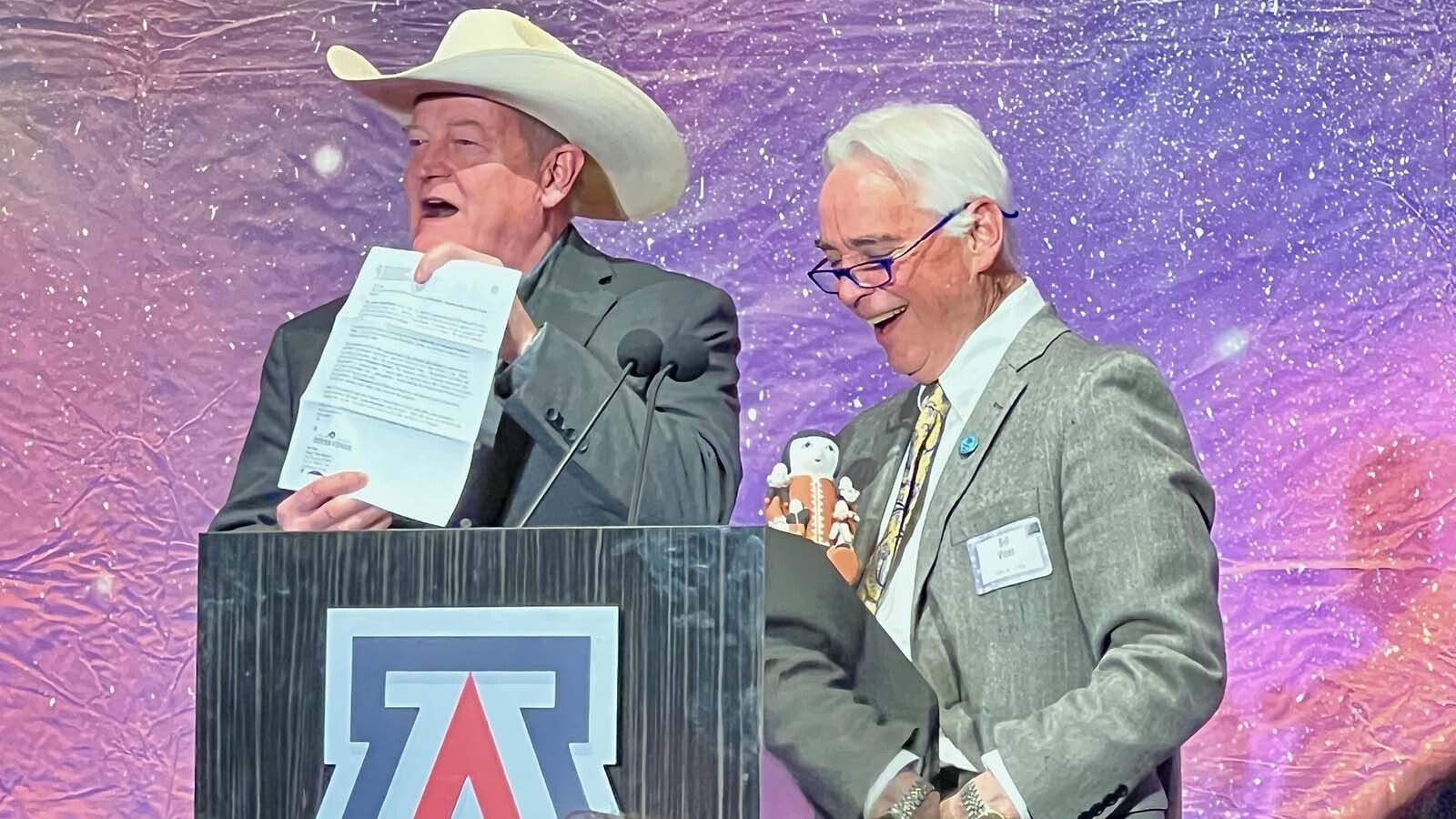If the state of Wyoming ever considered adding another nickname other than Equality State and Cowboy State, my vote would be for Rendezvous State.
With the 200th anniversary of the American rendezvous system upon us, it is time to take note of just how important this brainchild of Gen. William Ashley has been to the exploration and development of the United States.
Ashley, a former lieutenant governor of Missouri and his partner, Maj. Andrew Henry, were among several early entrepreneurs who influenced the Upper Missouri River and Rocky Mountain fur trade.
Ashley and Henry formed the Rocky Mountain Fur Co. in February 1822, when Ashley advertised in Missouri newspapers for 100 men to explore the headwaters of the Missouri River. Initially, the men brought their furs in to fixed posts and traded them for new supplies.
In 1825, Ashley introduced a system known as the rendezvous, a methodology that revolutionized, but also simplified, the entire concept of trading with the American Indians.
The premise was actually very simple. Instead of maintaining distant fur posts at various sites in the mountains, Ashley’s employees annually bought supplies, traps, weapons, liquor and trade goods in St. Louis and the Missouri settlements and hauled them overland to preselected rendezvous sites in the Rocky Mountains.
There, during the warm days of summer, the trappers descended from the mountains, spent a week or two with the Ashley re-suppliers, swapped their furs for the equipment and trade goods they needed, and returned to the mountains in time for the fall hunt.
In his critical study “The American Fur Trade of the Far West,” Hiram M. Chittenden wrote that “the mountain rendezvous was a remarkable gathering entirely unique in American history.”

Gathering And Resupplying
In addition to the event’s uniqueness, the benefits of the rendezvous were mutual.
Operating this type of re-supply system allowed Ashley to obtain premium-quality beaver pelts at the point of origin rather than forcing him to compete with other fur merchants, all of whom were simultaneously trying to convince the Indians to bring them their best furs.
The rendezvous allowed trappers to acquire badly needed trade goods, supplies and equipment in their home territory, thus saving them hundreds of miles of travel to and from the Missouri settlements.
And, from a social standpoint, the rendezvous provided the opportunity for trappers to leave their lonely vigil in the remote mountains and to relax, drink, gamble and womanize with the Indian women who often attended the gatherings with other members of their tribes.
Let’s face it, rendezvous was one hell of a party!
Ashley's first rendezvous was held during the summer of 1825 and, although the general soon retired from the fur business altogether, the system continued to benefit both his company’s subsequent owners and the fur trappers they re-supplied.
A total of 15 annual rendezvous were held between 1825 and 1840, the only exception being 1831, when there was no gathering because of the failure of the supply train to reach the rendezvous site on time. Eleven of the 15 assemblies happened in the western part of present-day Wyoming.
The men who responded to the Ashley call for 100 men to engage in the fur trade and subsequently gathered at rendezvous are among the most recognized names in Wyoming: Jim Bridger, Thomas “Broken Hand” Fitzpatrick, the Sublette brothers, Father Pierre-Jean De Smet and David Jackson.
Keeping The Tradition Alive
Beginning in 2025 and culminating in 2040, each of the 15 rendezvous will be celebrated by the Museum of the Mountain Man in Pinedale, Wyoming.
Activities commemorating many of the major events of the times and the rugged individuals who witnessed them will “provide an opportunity to bring more attention to this vital era in the history of the American West,” Executive Director Clint Gilchrist said.
“The Sublette County Historical Society would like to enhance and modify the … museum to include expansion of the exhibits and the living history programs, to build an authentic fur trade post on the museum grounds, and to improve the interpretation of the Plains Indians and the important part they played in the Rocky Mountain Fur trade,” Gilchrist added.
Visit online for more information about the Museum of the Mountain Man and its operations, as well as the 2024 National Fur Trade Symposium that will be hosted Sept. 12-15 by the museum.
James Crutchfield can be reached at: tncrutch@aol.com





